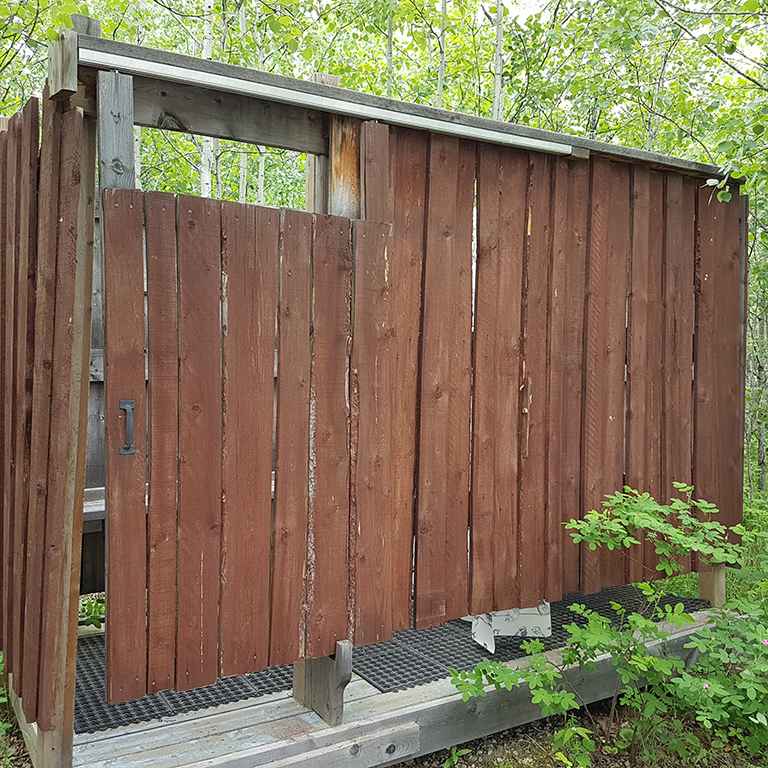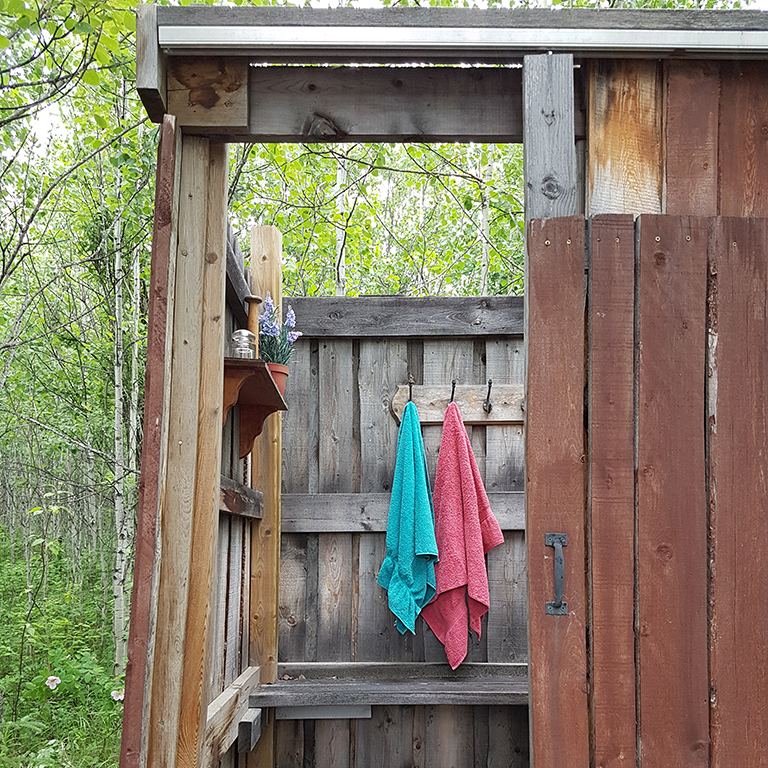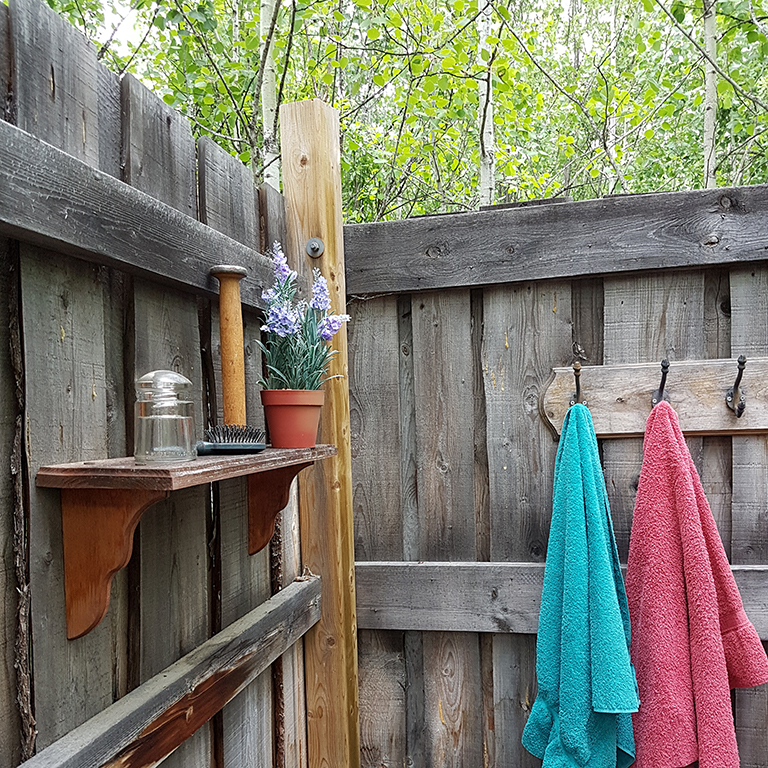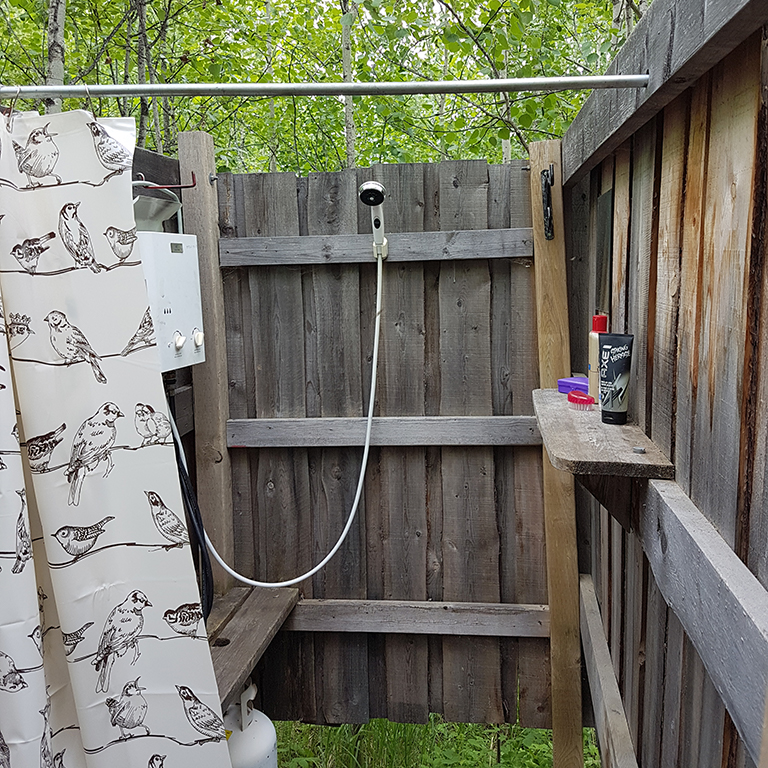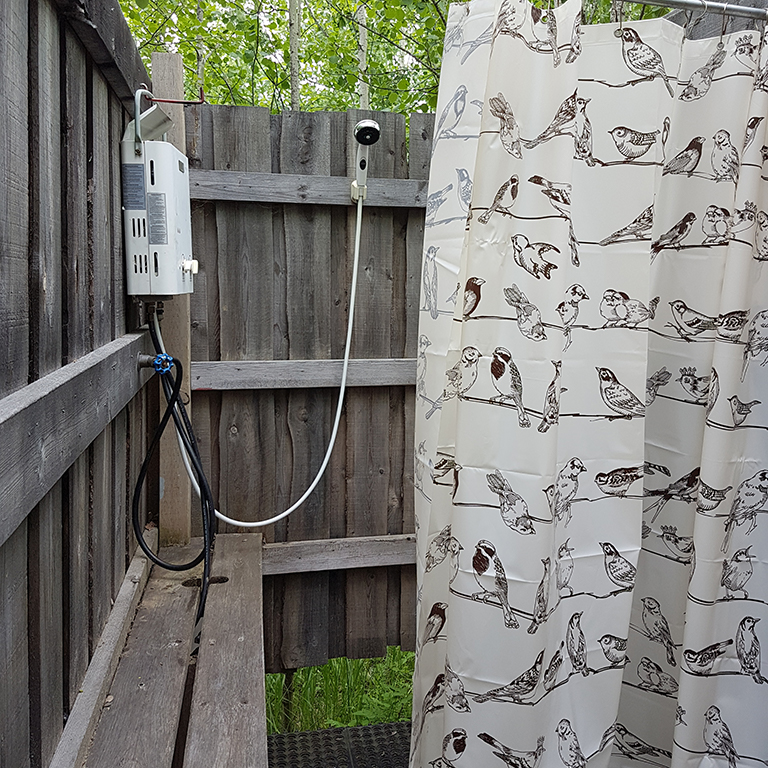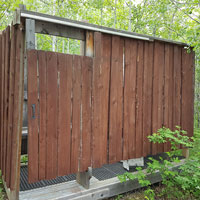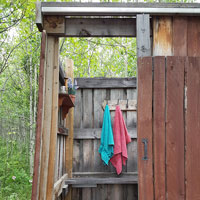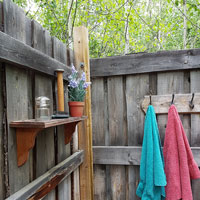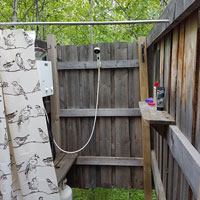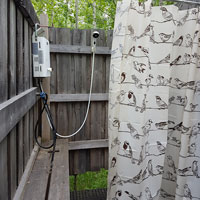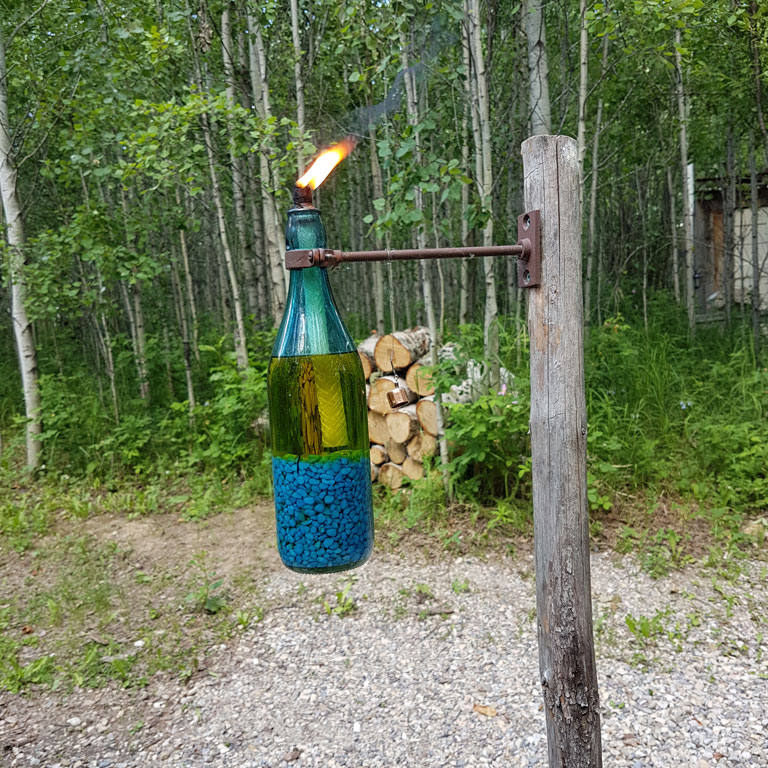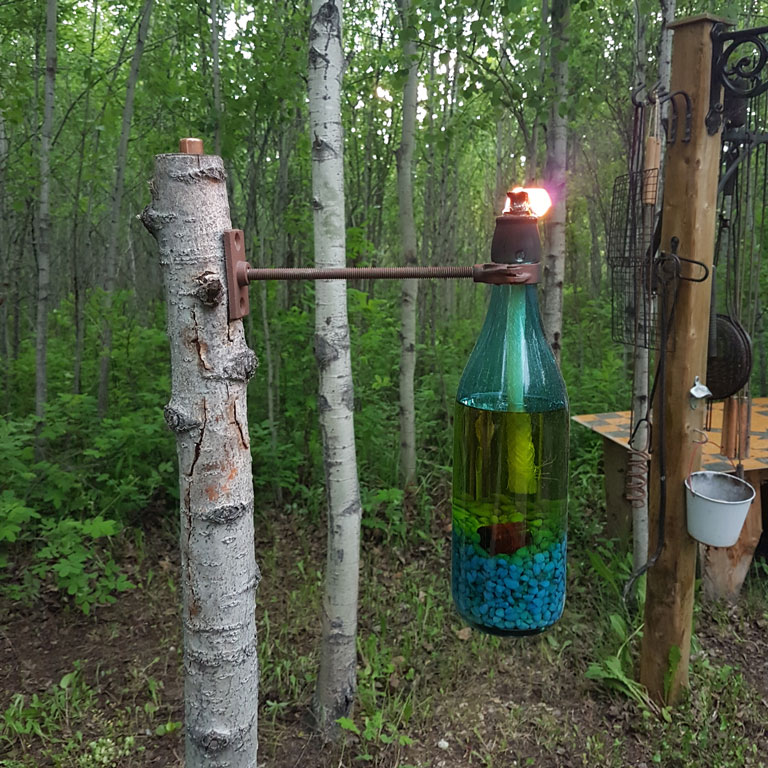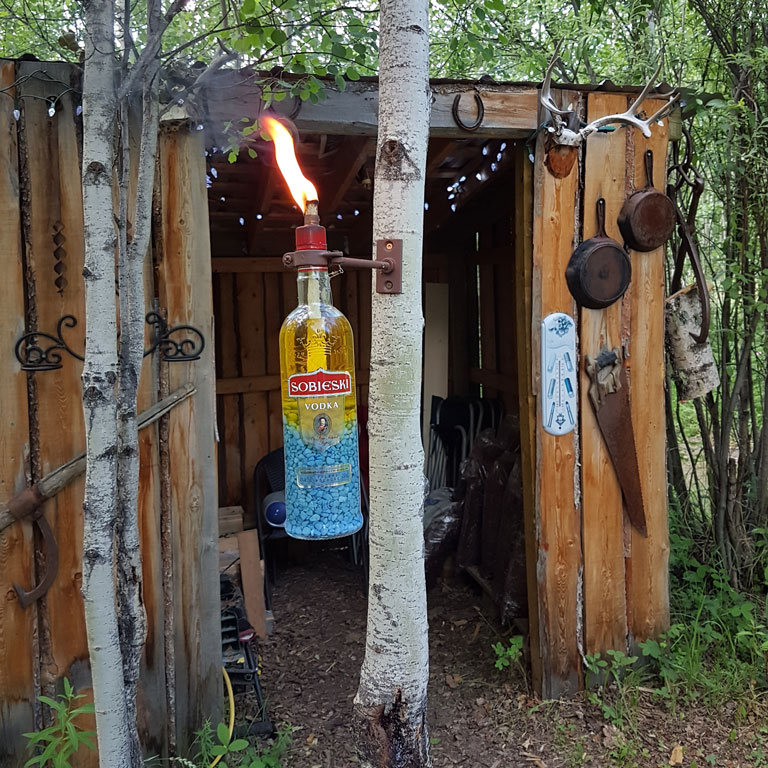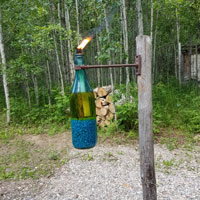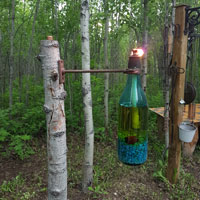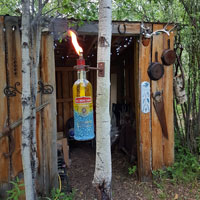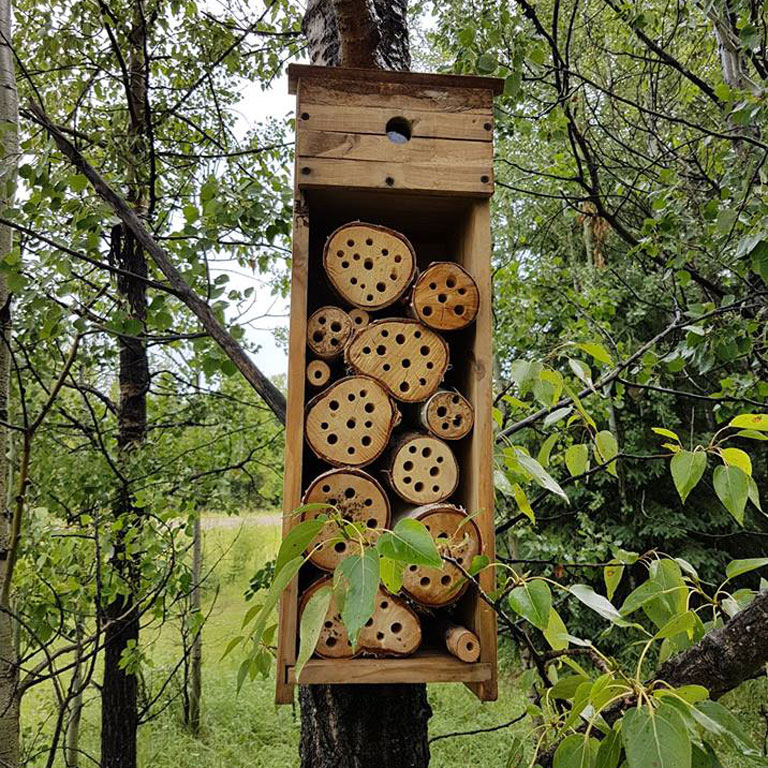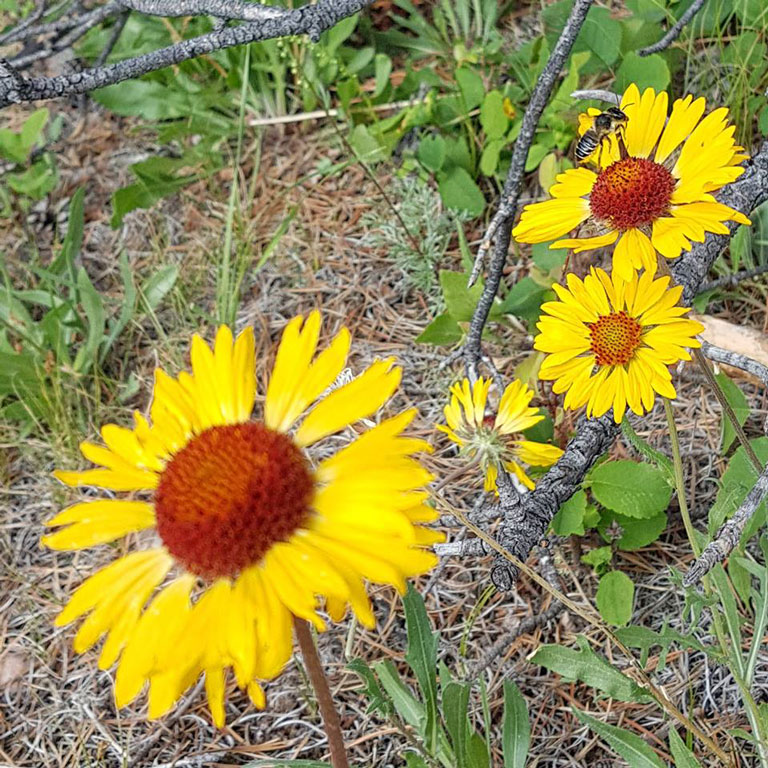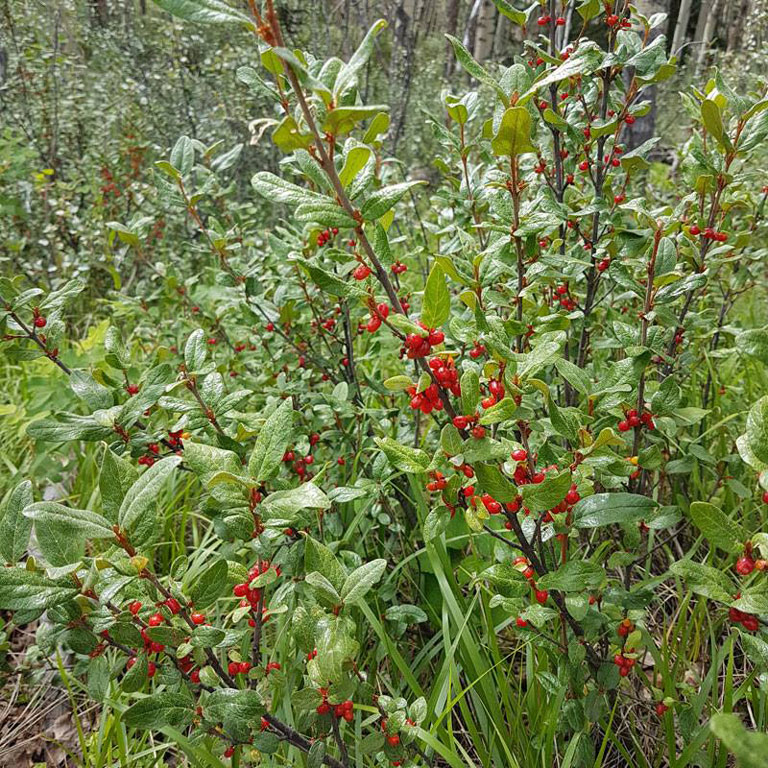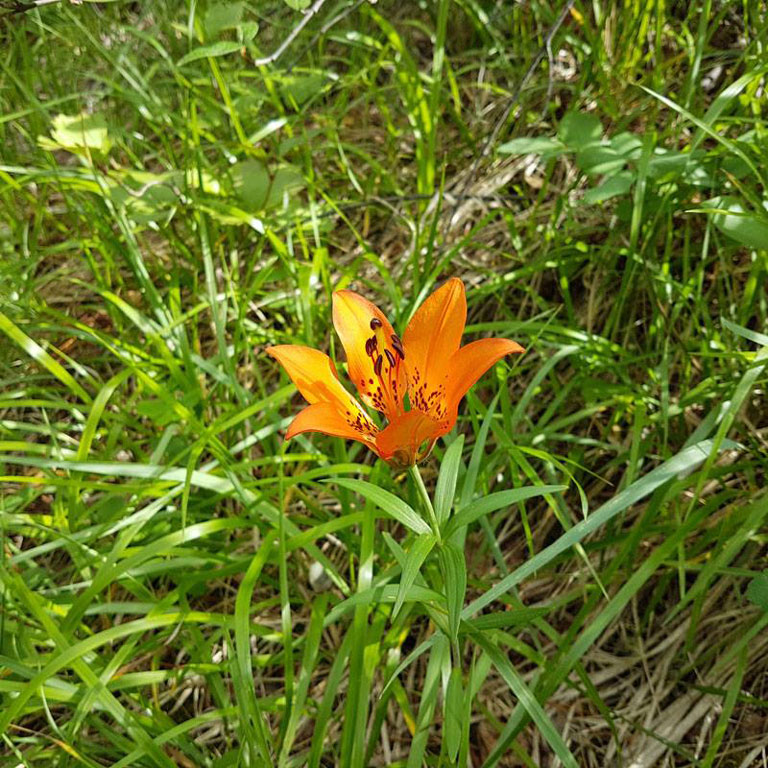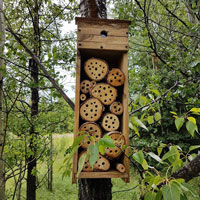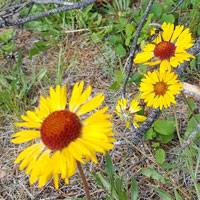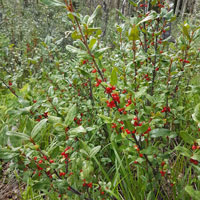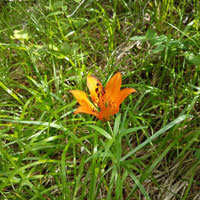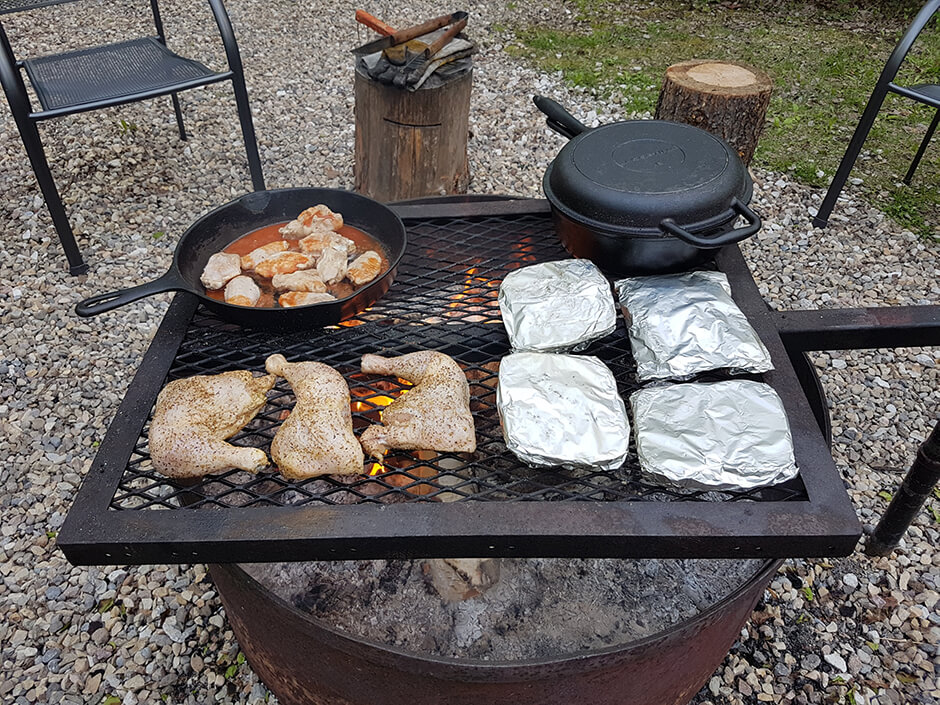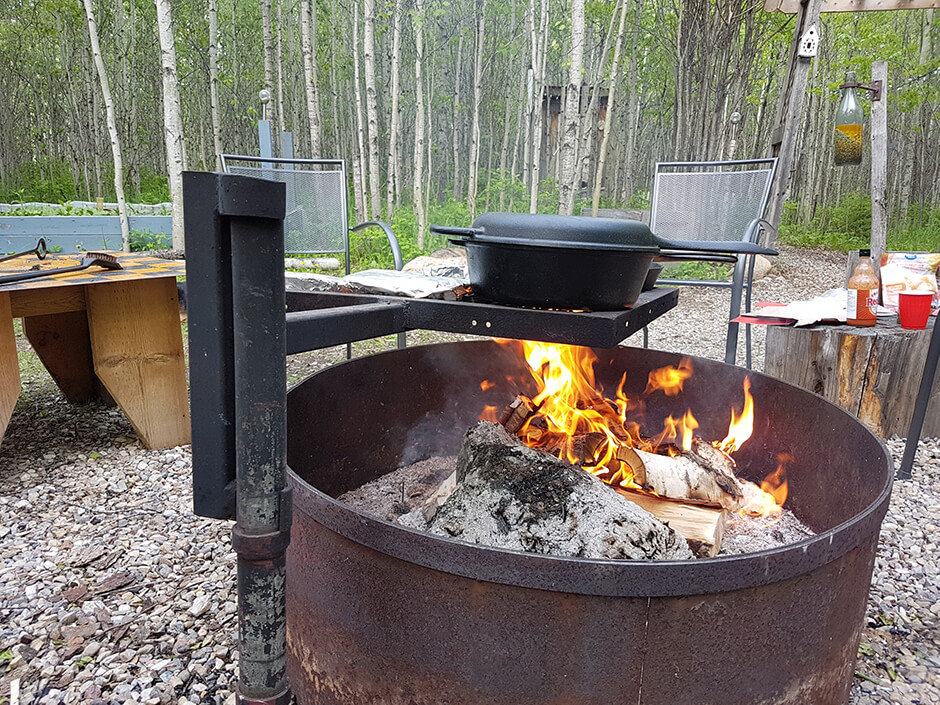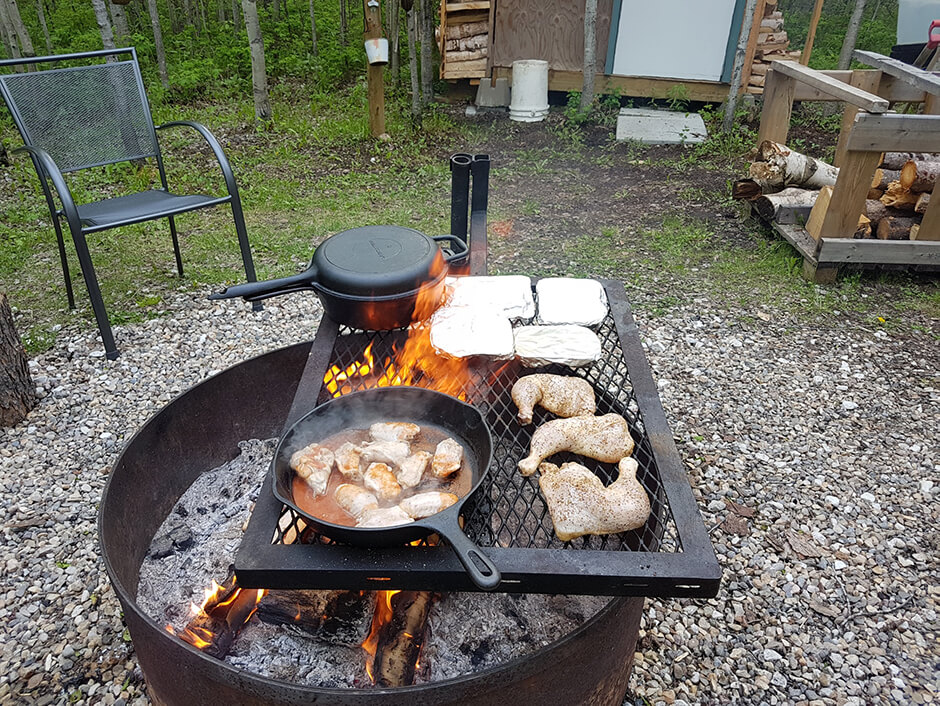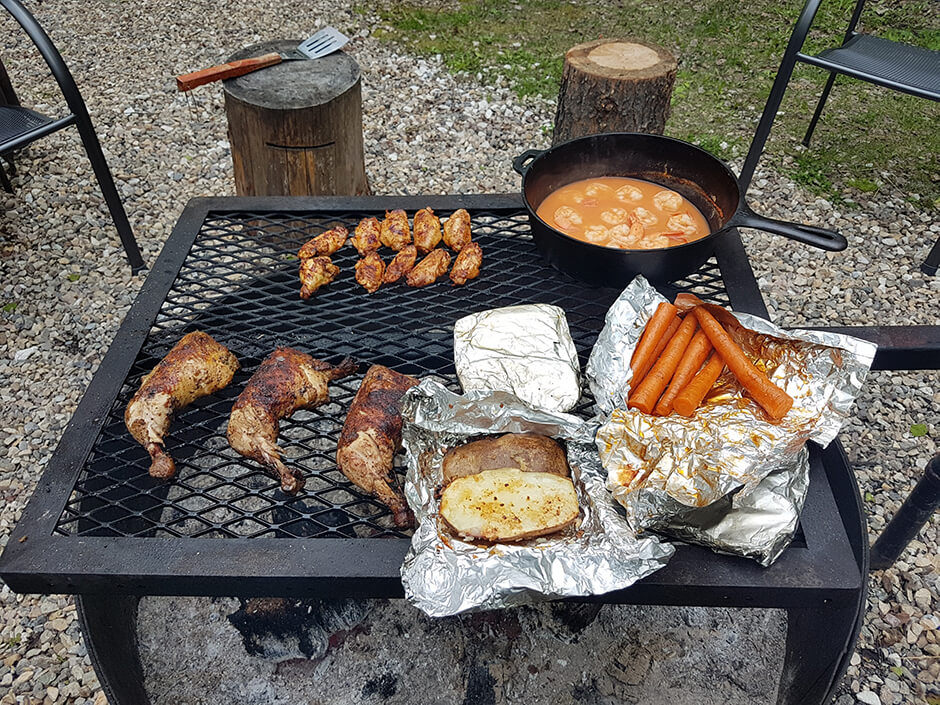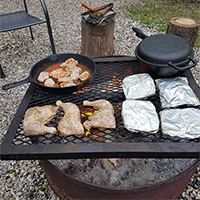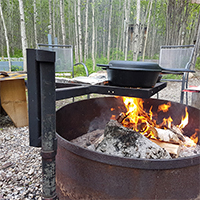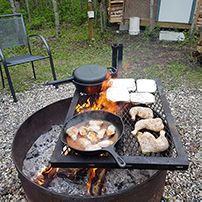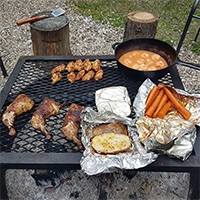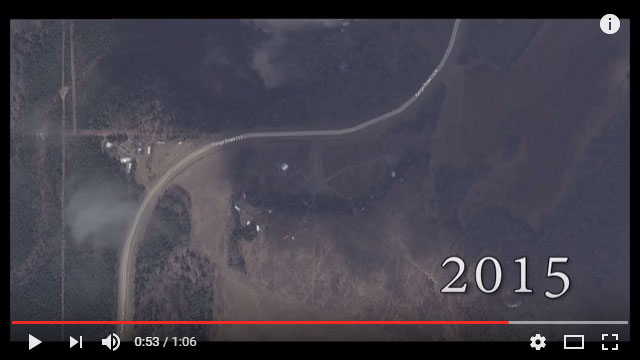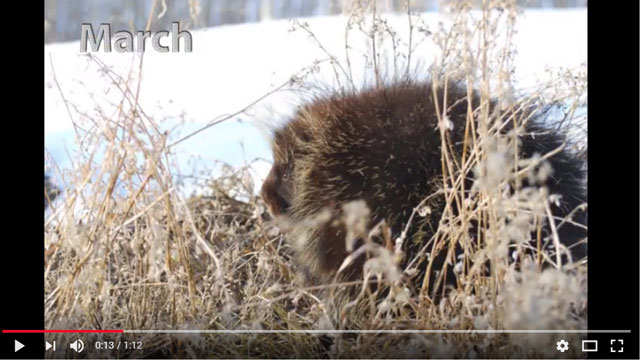Cabin Porn
Building the Barn
In November of 2011 we started the concept phase of our new cabin. By concept phase I mean we finished a bottle of Forty Creek whiskey around the fire pit in Northern Alberta in November and thought “#$%&!! It’s cold out here!” The next spring we began construction by completing the Pole Barn that came with our five acres in the Middle of Know-Where.
Our cabin has been a labor of love and has been built solely by our family and friends…from setting the piers and posts through to the trim and cabinetry.
Some Other Photographs and History of the Property
There are so many side jobs that develop when you are building a dream in the middle of know where. Here is a list of those projects in order of priority. Some are required to make the cabin build go a little smoother and others are required to make the people go a little bit smoother.
- Some Side Jobs & Supporting Projects
-
- Outhouse
- Fire Pit
- Water Cistern
- Outdoor Shower
- Raised Beds
-
- Archery Range
- Electricity
- Tractor Shed
- Satellite TV
- Tree Fort
-
- Wood Shed
- Tool Shed
- Cell Phone Booster
- Trampoline
- Swing-set
The list keeps growing as side jobs get added but all work and no play make for a very unsatisfied free labour.
Building an Off-grid Shower
One of the truths around here is you get dirty. It can happen after a day of trekking around in the bush hauling out logs or finishing one of the many projects on the property. No one wants to go to bed in less than a clean state so one of our first projects was the completion of an outdoor shower. An outdoor shower has three main parts, the water supply, the fuel source and a tankless water heater. Our water comes from our local county fill station for residents. (There is no charge for water it is covered by your taxes.) Most people have a small transfer tank (35 – 60 gallons, 132 – 227 liters) or a water cube (264 gallons, 1000 liters) to fill with and transport their water. Once home, a small pump is used to move the water from the transfer tank to a larger storage tank. In our case a 750 gallon (3000 liters) plastic water tank that acts as our cistern. Once the water is in the cistern you will need to pump it to the tankless water heater. A 12 volt on demand RV pump will provide enough pressure to feed the tankless water heater. Our pump runs off a seven watt solar cell that charges a deep cycle battery and uses simple hoses to supply the tankless water heater. The heater itself uses propane from a twenty-pound cylinder to heat the water. The heater uses a spark is provided by two D-cell batteries which have to be changed every two years. The heater brand and model is an “Eccotemp L5 Portable Tankless Water Heater”. We have been using ours for six years and have not had a single issue with it.
Our shower “building” is an open roof design that is five feet wide by ten feet long. This gives us enough room for a separate wet and a dry area. There is a bench that run the complete length of the shower with plenty of shelves and hooks to store your towels, dirty cloths and clean cloths plus all of the materials for your wet and dry needs. Citronelle lamps provide Mosquito protection. The grey water run-off from the shower is reused to irrigate the plants around the shower. While not the spa experience our shower is very useful and is still something to look forward to after a long dusty day in the Middle of Know-Where. In the future we have plans to expand to include a cowboy bathtub created from a recycled horse water trough. There is nothing quite as relaxing as a hot shower after a long day in the woods and I encourage you to try your own off grid shower experience.
Mosquito Control Off-grid
One of the challenges of the warmer months in the boreal forest is the annoyance of biting insects. Mosquitos are the main culprit and we tackle them on four fronts. First we encourage our local bats with a few bat boxes, then we add a mosquito larvae eating fish to our pond. Keeping the grass around the cabin area short seems to help and finally we use citronella lamps in the immediate area where people are sitting.
I tried a number of different formats with the citronella before arriving at the solution we use today. Citronella candles are in ready supply from your local retailer. I have two problems with them, the wicks often fail before the candle wax is done or the candle overheats and flares in a dangerously spectacular fashion. The next option was a tiki torch. Sometimes expensive, the torches worked better but I found their construction to be weak at best, and better suited to the beach environment. A little research led me to this solution. I re-use glass bottles, filled with some aquarium rock for displacement then topped off with citronella oil. A tiki wick will be held by a ½ x ⅜ copper reducer which is then wrapped with Teflon tape to fit the bottle opening. A ½ inch copper cap will work as a flame snuffer and to keep the rain out when not in use. The torches can then be mounted using some spare pipe fitting hardware to posts. The result is sturdy, reusable and non-flaring while still being a pleasing addition to our deck and fire pit area.
Flowers and Bees in the Boreal Forrest
There are 1,000s of native bee species in North America, and while there is a lot of focus on honey bee decline many of our native bees have shown no evidence of decline, and some are thriving in highly urbanized areas. Sadly, some that were generous in one area have either moved or have become harder and harder to find. As scientists work to understand threats to our bees, it is important to provide habitat and shelter to try and mitigate threats specific to them. Encouraging native flowering plants and a few bee houses are simple things that anyone in the north can do to improve your little piece of the forest.
Cookouts at the Cabin
The best tasting food will always be the way your mother or grandmother made it. For me that means it was cooked over a wood fire, covered with butter and loaded with spices. Creating a mouth-watering meal over a fire is one of those moments that really take you out of the city and back to your roots. In todays segment I am going to describe how we love to cook-out in the Middle of Know-Where?
An open fire can be a finicky way to cook and there are two important considerations, the first is to control the heat. Our grill swings over our thirty-six-inch fire-pit on a two-inch steel pipe pounded into the ground beside the firepit. This allows us to control the heat by shifting the grill to different sides of the fire. Additionally, we can control the height of the grill by sliding it up or down the pipe to bring the grill closer or farther away from the heat. The grill itself is made out of steel diamond expanded mesh welded to a box frame made from angle-iron, which provides for a good dispersion of the heat and some great grill marks.
The second consideration when cooking on an open fire is the wood, our source of the heat. lucky for us we are blessed in the Middle of Know-Where? with an abundance of firewood. The goals when cooking in a fire-pit is to maintain a consistent temperature and an even distribution of heat. The most effective way to achieve this is with dense, dry firewood and start your fire early to create a nice bed of coals. A smoke box is a fine addition to add flavor. If you are interested in the smoking of all sorts of meals check out my neighbors channel Mark’s Meats and Treats on Facebook.
Cooking with friends, gathered around the fire and indulging in a multi course meal of hors d'oeuvres, appetizers, mains, side dishes and deserts is a weekly occurrence in the West. We enjoy growing, foraging and harvesting from the land and sharing that bounty in old and new ways of preparation. Next time you are out in the great northern forest, forgo the propane and take advantage of what nature has blessed us with. Be safe, be fire smart, believe in yourself friends.
Check out our videos!

